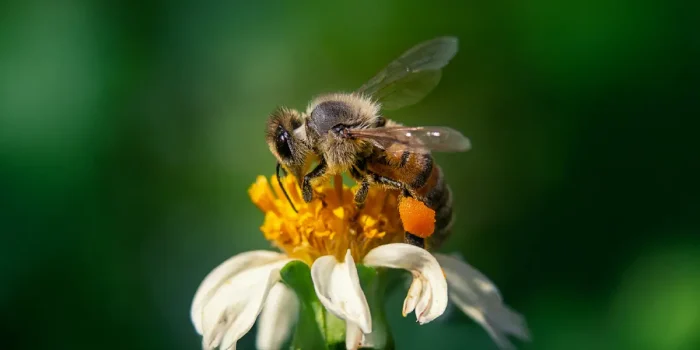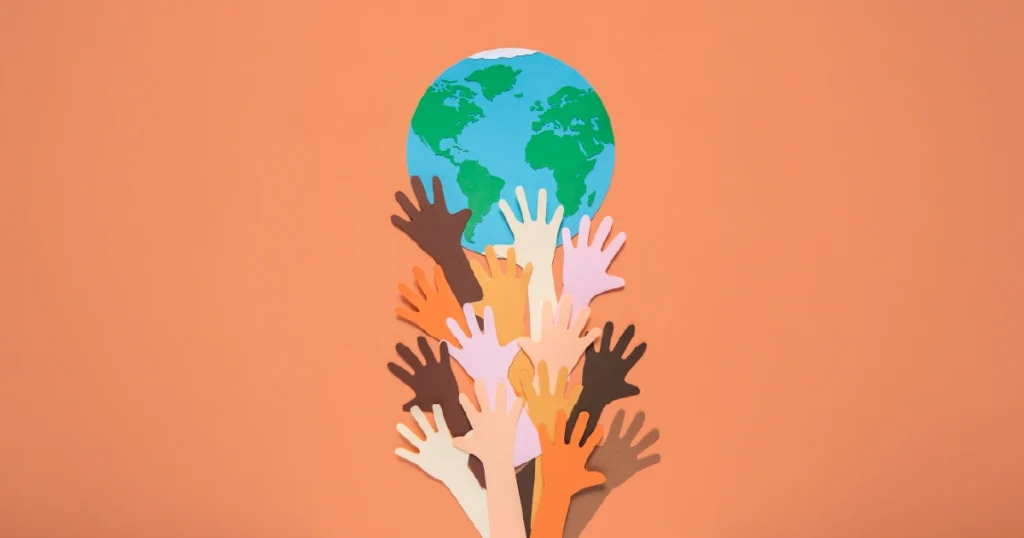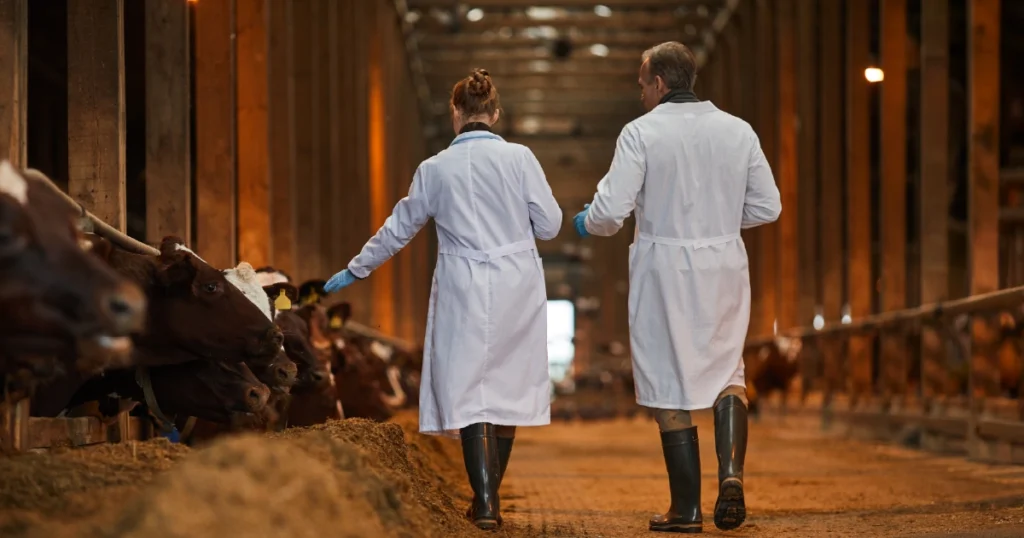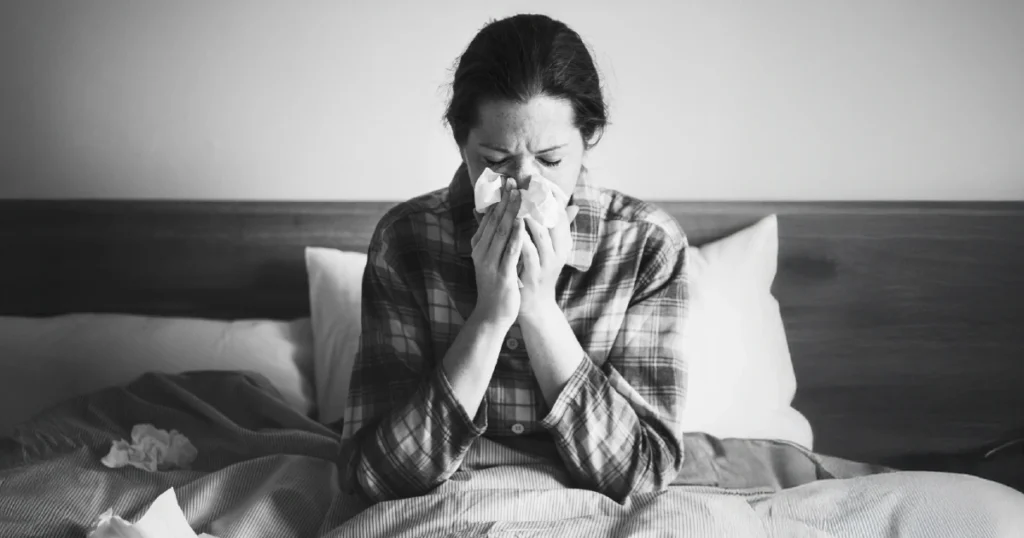Introduction
Bees and pollination are essential to the health of our ecosystems and food systems. Bees are more than just honey-makers—they are silent architects of biodiversity. Every buzzing visit to a flower sets in motion the regeneration of forests, gardens, and the food we eat. Yet today, these crucial pollinators are vanishing at alarming rates.
How does the health of bee populations influence pollination, biodiversity, and the resilience of our food systems?
The Role of Bees and Pollination in Ecosystem Balance
Pollination is nature’s most efficient reproduction system—and bees are its star engineers. As they forage for nectar, bees transfer pollen from flower to flower, fertilizing plants that grow into fruits, vegetables, nuts, and seeds. Over 75% of global food crops depend on pollinators like bees to some extent [1].
Without bees, food production suffers. Crop yields drop, variety diminishes, and prices rise. Pollination also enhances the quality of produce—making fruits more flavorful, aromatic, and nutritious. This invisible work sustains not only human diets but also economies that rely on diverse agricultural output.
Bees as Guardians of Biodiversity
Pollination isn’t just about food. Bees maintain the integrity of ecosystems by supporting wild plant reproduction. These plants feed insects, birds, and mammals, forming the bedrock of biodiversity. In forests, meadows, and wetlands, bees uphold the chain of life.
Bees pollinate over 20,000 species of wild plants, supporting ecological functions like seed dispersal and soil stabilization. Without pollinators, entire ecosystems risk collapse, threatening species that depend on plant diversity for survival [2].
The Pollinator Crisis
Bee populations are under threat from multiple fronts:
- Pesticides impair navigation and foraging, or kill bees outright.
- Habitat loss due to monoculture farming and urban expansion erases flowering plants and nesting areas.
- Climate change alters flowering seasons and reduces nectar availability, leading to mismatches in bee-plant timing.
- Pathogens and parasites, such as the Varroa mite and Nosema fungi, weaken bee colonies and facilitate disease transmission [3].
These stressors act cumulatively. A bee weakened by pesticide exposure is more vulnerable to disease; fragmented habitats leave colonies without the nutrition or shelter they need to recover. This makes pollinator health not just a conservation issue—but a systemic health challenge.
Impacts on Food Systems
Bees are responsible for pollinating a wide variety of crops including almonds, apples, blueberries, cucumbers, and avocados. A decline in pollination services means lower yields, reduced nutritional quality, and higher food costs. Globally, this has implications for food equity, particularly in regions that rely heavily on pollination-dependent agriculture.
Manual pollination, already practiced in some parts of China due to bee loss, is labor-intensive and economically unsustainable at scale. Protecting bee populations is a far more efficient and holistic investment in food security [4].
The One Health Connection
The One Health approach recognizes that the health of people, animals, and the environment are interconnected. Bee health intersects with human health through nutrition, pesticide exposure, and environmental degradation.
Sustainable farming practices that protect bees also reduce chemical runoff, preserve soil health, and promote biodiversity. Urban green spaces, wildflower corridors, and pesticide-free gardens offer everyday opportunities to support pollinator habitats. In this way, bee conservation becomes a practical extension of public and environmental health strategies [5].
What Can Be Done?
Solutions are within reach:
- Policy Reform: Enforce bans on neonicotinoids and provide incentives for pollinator-friendly practices.
- Habitat Restoration: Restore meadows, hedgerows, and urban green areas with native plants that bloom throughout the seasons.
- Education Campaigns: Raise awareness about pollinator conservation through schools, community events, and media.
- Support Local Beekeeping: Small-scale, sustainable beekeeping helps preserve local bee strains and strengthens community ecosystems.
Everyone has a role—from farmers and researchers to city planners and gardeners. Bee protection is not just for environmentalists; it’s for anyone who eats, breathes, and lives on this planet.
Conclusion
Bees are more than background noise in our gardens. They are vital to our food, our forests, and our future. By understanding their role and applying a One Health perspective, we can safeguard not only pollinators but also the interconnected web of life that sustains us all.
References
- Food and Agriculture Organization (FAO). (2018). The importance of bees and other pollinators for food and agriculture. [online] Available at: https://openknowledge.fao.org/bitstreams/0f47dba8-ab04-4968-a2bc-8a9c06218653/download
- Forest Wildwood. (n.d.). The Role of Bees in Pollination and Biodiversity. [online] Available at: https://forestwildwood.com/articles/bees-pollination-biodiversity-relationships/
- United Nations Environment Programme (UNEP). (2021). Why bees are essential to people and planet. [online] Available at: https://www.unep.org/news-and-stories/story/why-bees-are-essential-people-and-planet
- Asia-Pacific Association of Agricultural Research Institutions (APAARI). (2023). The Vital Role of Bees in Ensuring Food Security and Nutrition. [online] Available at: https://www.apaari.org/the-vital-role-of-bees-in-ensuring-food-security-and-nutrition/
- Earth.org. (2023). What Happens to Ecosystems When Bees Disappear? [online] Available at: https://earth.org/what-happens-to-ecosystems-when-bees-disappear/













